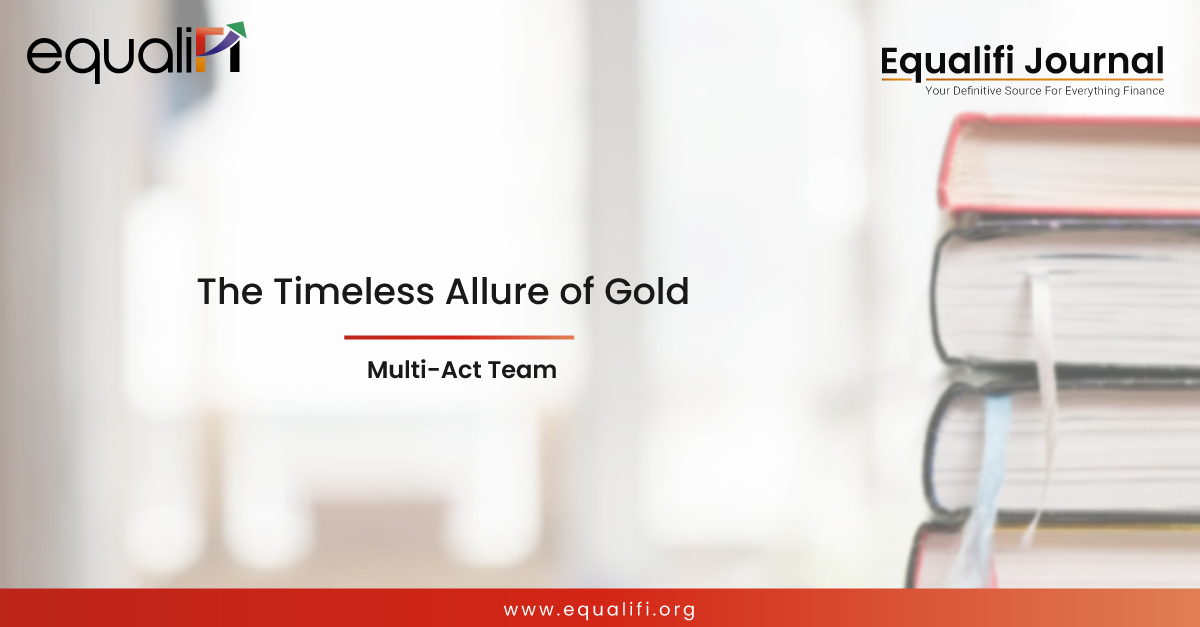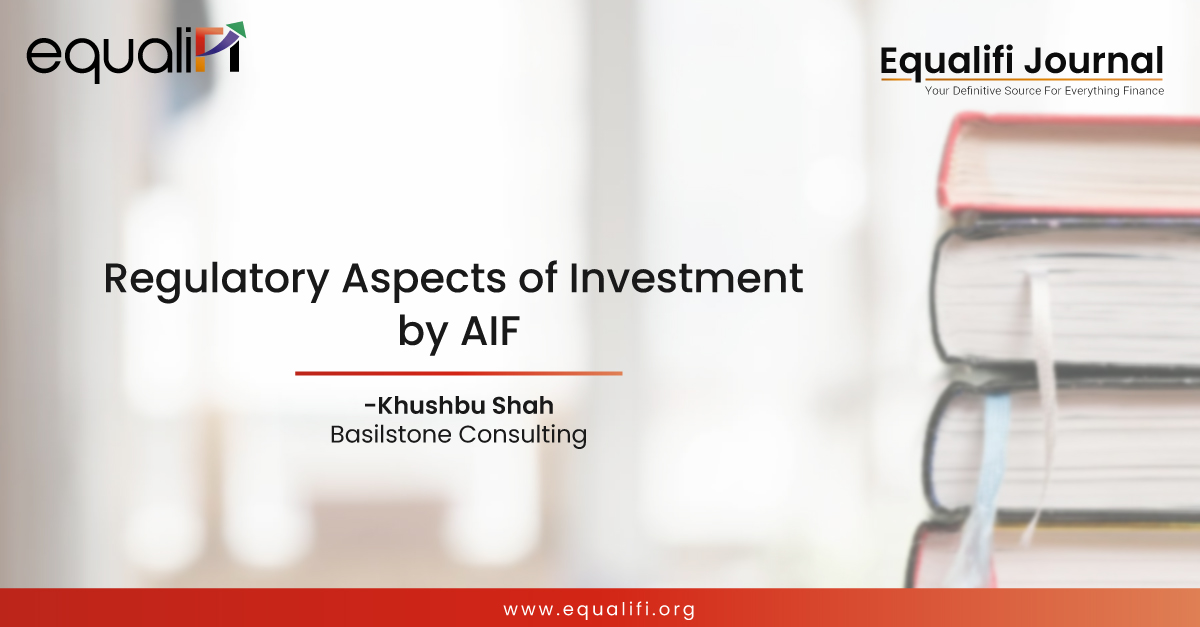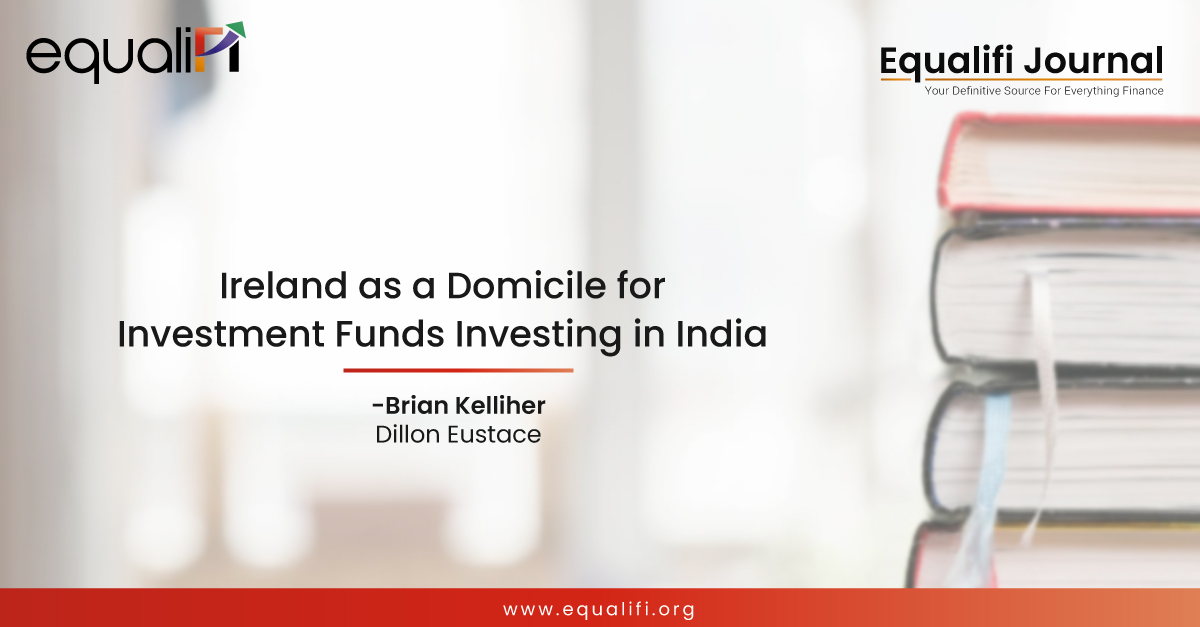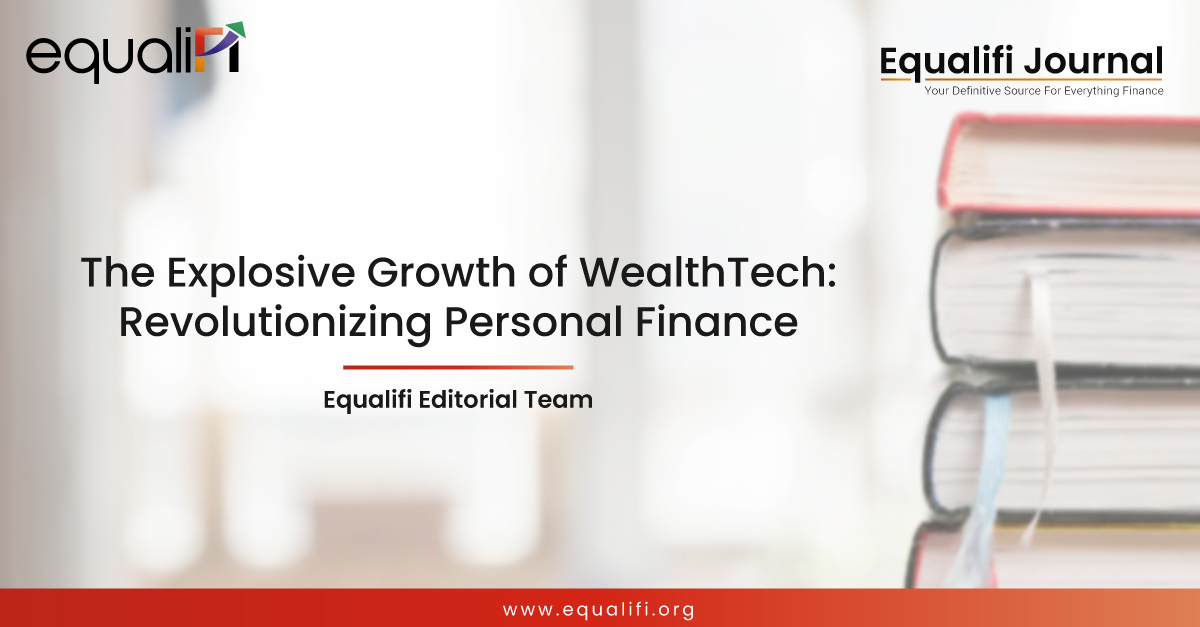The timeless allure of gold
Posted on: October 25, 2023 | By: Multi Act Team
An interesting corollary to ‘all that shines is not gold’ is that during times of turmoil ‘the only thing that shines is gold’. Time and again, it has become evident that the precious metal balances the scales in times of volatility while giving a fillip to portfolio returns over the long-term.
Consider, for instance, the recurring and somewhat alarmingly frequent, geopolitical upheavals that have marked our world. While the Middle East is no stranger to political turmoil and war, recent events in the region present unique challenges to a world already grappling with growth and inflation concerns. The human toll is on the rise and a cause for major worry. At the same time, global markets are strongly concerned about the economic repercussions of these conflicts – inflation is expected to rise with the Middle East being a major source of oil for global economies.
The safe haven appeal of gold
In the backdrop of such an environment, high-risk assets, like equity, are inevitably expected to experience heightened volatility which can adversely impact investor portfolios, at least in the short-term. In times of geopolitical and economic strife, investors habitually gravitate towards safe-haven assets like gold. Since the outbreak of the conflict and the ensuing increase in casualties in the Middle East, the yellow metal has witnessed a surge in its global prices, reaching its highest weekly levels. The enduring allure of gold is deeply rooted in its historical role as a store of value and a hedge against uncertainty. As a result, investors seek refuge in gold in times of crises.

In this exhibit, a pattern becomes evident; during periods of market volatility caused by economic or geo-political strife, gold prices tend to surge. Correspondingly, equities, as captured by the movements in BSE Sensex, often experience sharp drawdowns. For instance, during the Global Financial Crisis of 2007-2008, gold prices spiked by nearly 35% while equities witnessed a drawdown of approximately 15%. During such periods, gold undoubtedly appears to be an attractive option. But what about the periods between March 1995 and September 1996 or the post-GFC period, i.e., 2013-2014? During these phases, gold relinquished some of its crisis-driven gains and witnessed drawdowns in the range of 5-15%. Thus, anyone who rushed to buy gold only when volatility peaked may have encountered short-term losses. So, why consider gold as an investment?
The simple answer is ‘lower volatility = higher stability”.
The point to underscore here is that in times of uncertainty, gold serves as a source of portfolio stability. However, this should not be mistaken for portfolio returns, which can potentially accrue over the long-term. Often, investors captivated by the lustre of gold, acquire the asset for the wrong reasons and then struggle to retain it in their portfolios over time. The safe haven appeal of gold is tethered to its lower volatility compared to several other asset classes. This comparatively lower volatility protects the investment portfolio during crises and helps mitigate overall portfolio drawdowns.

The bottom line is that gold is an all-weather asset class that truly shines when the world is enveloped in turmoil. However, for investors aiming to construct a resilient 100-year portfolio that can weather the ebbs and flows of the investment market, exposure to gold is almost table stakes. In addition to portfolio stability, it offers myriad benefits including hedge against inflation, currency hedge, etc. and has the potential to provide insurance against other financial asset classes. This makes it an indispensable asset for investors with a strategic vision.








